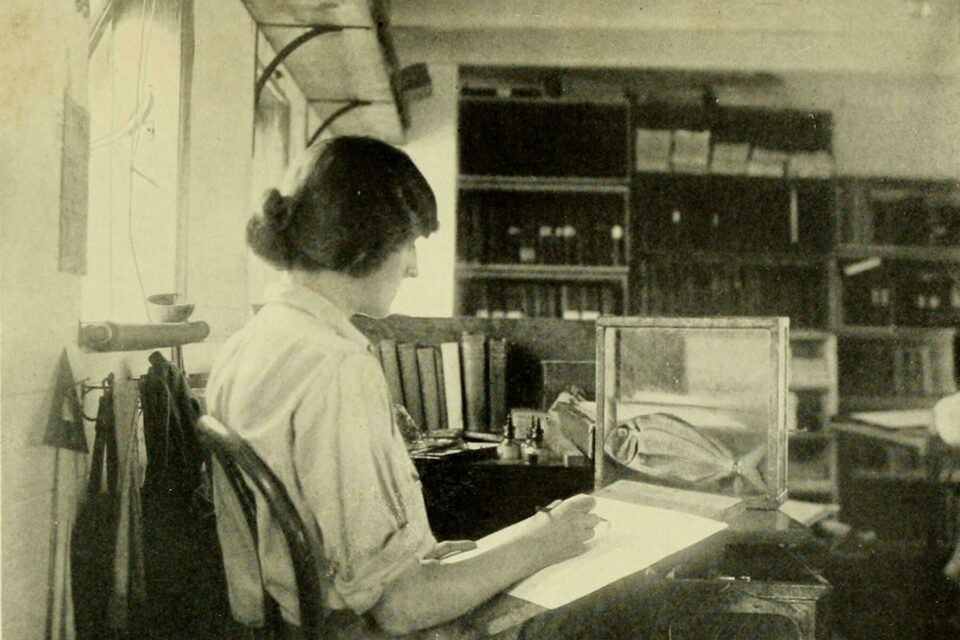

Thor Heyerdahl and the Galapagos Islands
Thor Heyerdahl visited the Galapagos Islands in 1952, and his expedition was the first time that archaeologists had made excavations in the Islands.
Norwegian explorer, author and adventurer Thor Heyerdahl was born on 6 October 1914. While living in the Marquesas Archipelago, he came up with the controversial idea that Polynesia could have been populated from South America rather than Asia. He then spent most of his life gaining evidence for this theory.
Heyerdahl is best known for his Kon-Tiki expedition in 1947. He and five other crew members set sail from Peru on a traditional balsawood raft christened the Kon-Tiki after the Inca sun god. The expedition aimed to demonstrate that ancient peoples could have made very long journeys with the technology of the time. After travelling for 101 days and crossing 8,000 km of the Pacific Ocean, the Kon-Tiki crashed into a reef at Raroia in the Tuamoto Archipelago. Kon-Tiki demonstrated that it was possible for a primitive raft to sail the Pacific with relative ease and safety. Heyerdahl’s book about his voyage became a bestseller and was adapted several times for both TV and cinema.

Despite the successful expedition across the Pacific, scientists were still not convinced of Heyerdahl’s theories and so he continued his research on ancient navigation. He subsequently made other voyages designed to demonstrate the possibility of contact between widely separated ancient people.
His next expedition was with the Norwegian Archaeological Society to the Galapagos Islands in 1952 to investigate pre-Colombian habitation sites. Although many scientists had already visited Galapagos, this was the first time that archaeologists had made excavations on the Islands. They found an Inca flute and shards from more than 130 pieces of ceramics which were later identified as pre-Incan, suggesting that the Incas were not the first to arrive on Galapagos and extending South American archaeology into the Pacific.

Heyerdahl also worked with experts in rediscovering the lost art of the ‘guara’, a kind of aboriginal centre-board used by the Indians of Peru and Ecuador for navigation. This tool was not used on the Kon-Tiki voyage but made it clear that ancient South American voyagers had the means to navigate as well as travel great distances in the Pacific.
In fighting nature, man can win every battle except the last.
Related articles


The history of the Galapagos giant tortoise

Remembering Godfrey Merlen


